The Digi Yatra Foundation has said that all the data collected from nearly 3 million users at the airport is in safe hands.
The statement comes after opposition leaders raised concerns over data privacy.
Certified Integrity: Upholding Aviation Ministry Standards
Digi Yatra has the mandatory CERT-In audit certificate, which is required for the Digi Yatra Central Ecosystem (DYCE) backbone, mobile apps, and airport verifiers as per aviation ministry policies, it said in a statement adding the latest audit was conducted in January 2024, which clearly reconfirmed that DY does not store Personally Identifiable Information (PIl).
“Digi Yatra is built on the concept of Self Sovereign Identity, and DYCE never stores any of the ID Credentials data, which has PII anywhere in any central repository. The Digi Yatra blockchain only has Hash/Key values to check the Integrity of the data,” it said.
Transparency and Accountability: Data Handling Practices
DYF or any service provider cannot access user data since all the PIl is only stored on the user's mobile device in the Digi Yatra app, accessible only to the user. The old data would remain on the user's mobile device, and once the app is uninstalled or deleted, the credentials data and the travel history also get deleted by default, it noted.
When the user shares the ID credentials and the Boarding pass to the Origin Airport (verifier) and travels through the airport, the data received by the airport is purged/ deleted from airport systems within 24 hours of flight departure.
Digi Yatra technology infrastructure is being scaled up with the intention to expand coverage from 15 Airports to 28 Airports by the end of April 2024 and the CEO of Digi Yatra Foundation also confirmed that Data Evolve has been completely removed from Digi Yatra ecosystem. No one has any access to any personal data of DY users including Digi Yatra Foundation, it added.
The Digi Yatra Foundation is a non-profit organization established under section 8 of the Companies Act 2013.
Digi Yatra is a contactless travel experience that uses facial recognition to provide a seamless travel experience for domestic passengers. The Ministry of Civil Aviation launched Digi Yatra in December 2022 in Bangalore, Varanasi, and Delhi, and expanded it to other airports in 2023. As of April 2024, Digi Yatra is available at 13 airports, including Mumbai, Delhi, Varanasi, Kolkata, Hyderabad, Vijayawada, Pune, and Ahmedabad.
Read next
Air India Express Ties Up with AISATS for AeroWash Automated Aircraft Exterior Cleaning
Preet Palash
22 Apr 2024
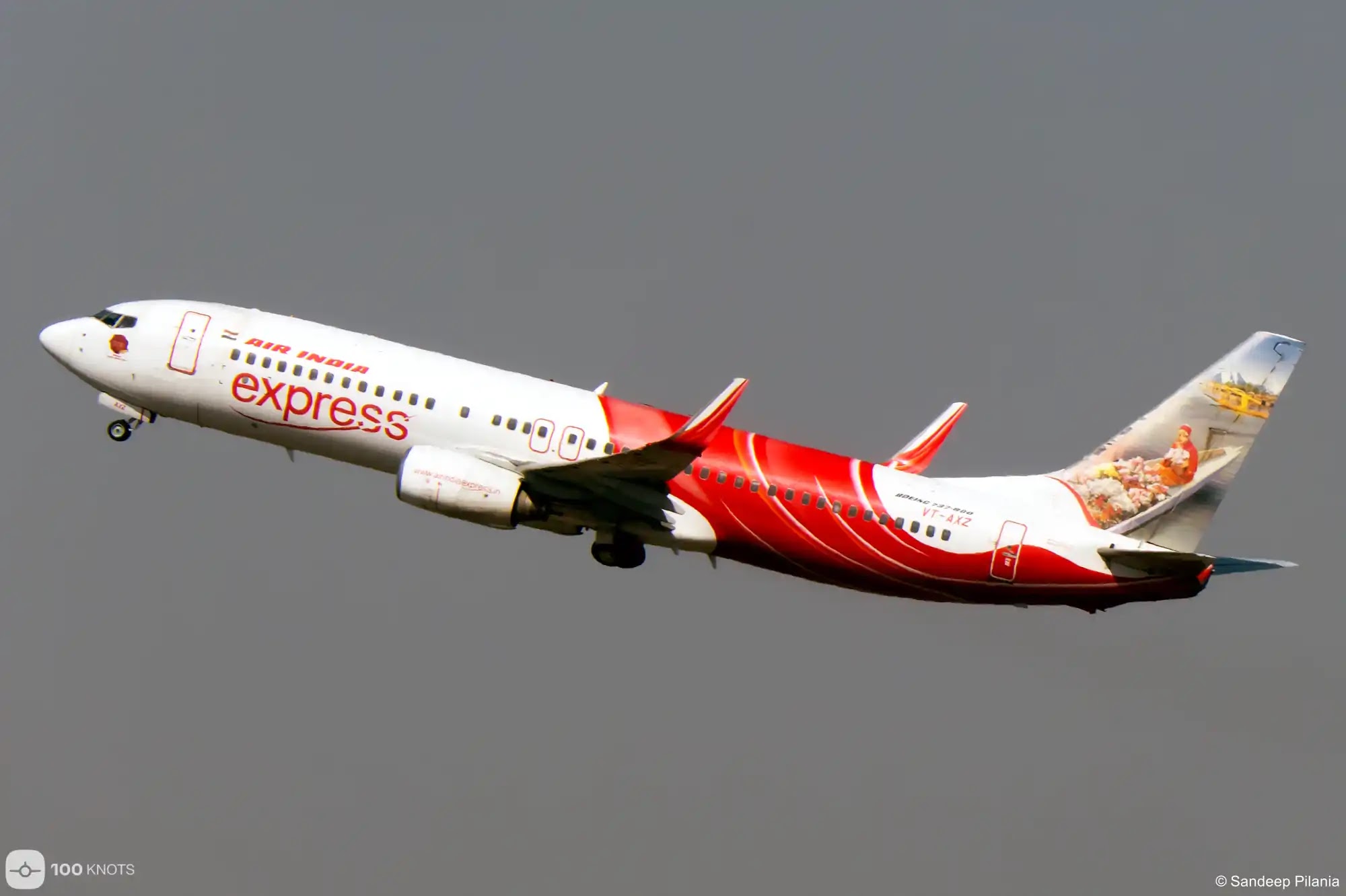
Airport services firm Air India SATS Airport Services Private Limited (AISATS) will offer AeroWash services to Air India Express that include advanced and unmatched robotic cleaning technology, the firm said in a statement.
AeroWash is said to enhance fuel efficiency, reduce carbon footprint, safeguard structural damage, prevent corrosion, and extend the lifespan of the aircraft, thus improving the financial standing of the organization, it added.
AISATS introduced AeroWash services for Air India and Vistara last year. Being the first and only ground handler in India to introduce this aircraft exterior cleaning solution, AeroWash has already completed over 800 aircraft washes at Delhi airport, enabling airlines to reduce their reduction fuel consumption and decrease their carbon emissions substantially.
Sanjay Gupta, CEO of AISATS, said, “We are thrilled to announce the extension of our AeroWash services to Air India Express, showcasing our unwavering dedication to sustainability and innovation in aviation. Our advanced, eco-friendly solutions are designed to benefit the environment while boosting the financial bottom line of the airline. AISATS is committed to delivering cutting-edge solutions to our valued clients, with AeroWash representing a significant stride in this direction. This transformative technology will enhance efficiency and pave the way towards a greener future.”
AeroWash harnesses state-of-the-art robotic technology, delivering precise and efficient exterior cleaning while upholding the highest safety standards for both the aircraft and the equipment operators. AISATS has also introduced solar-powered passenger ramp bridges and electric buses at various airports, underscoring the “company's unwavering commitment to environmental sustainability.”
AISATS is a 50:50 joint venture between Air India Limited (TATA Group entity), and SATS Limited. Since the start of its operations in 2008, AISATS has provided solutions to its customer airlines in international airports at Bengaluru, Delhi, Hyderabad, Mangalore and Trivandrum. Currently employing over 12,000 staff, AISATS offers end-to-end ground handling services such as passenger and baggage handling, ramp handling, aircraft interior cleaning, load control and flight operations, and cargo handling services for general, perishable, transhipment, express courier and special cargo.
Read next
The Great Aviation Paradox: Why Soaring Flight Activity Isn't Matching Jet Fuel Demand
Abhishek Nayar
22 Apr 2024
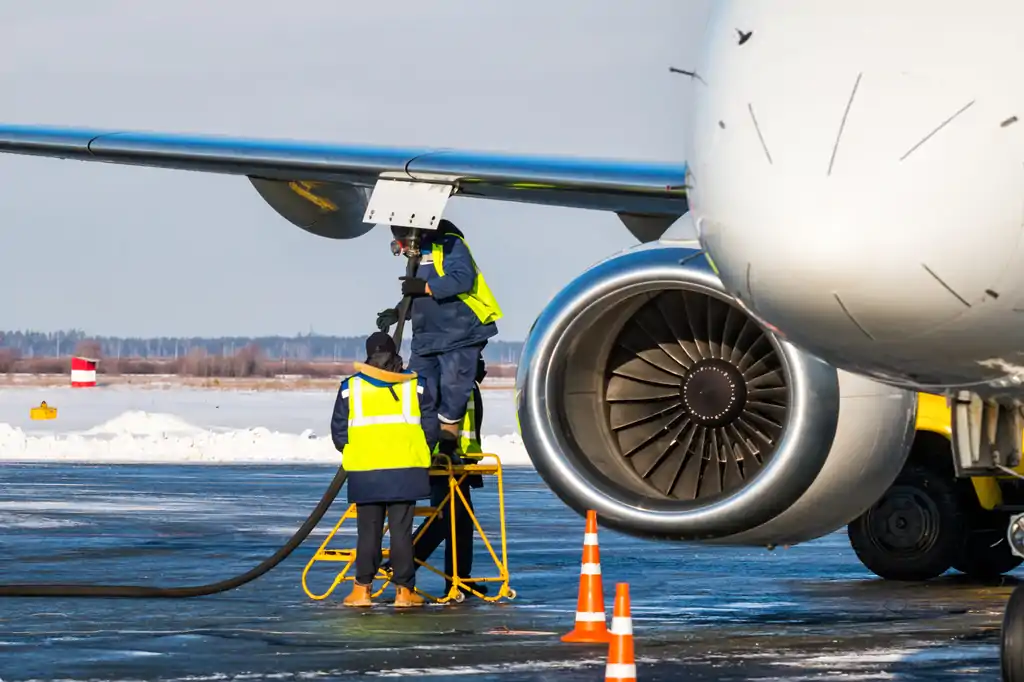
In a peculiar turn of events, global flight activity has surged past pre-pandemic levels, marking a milestone in aviation's recovery. However, amidst this resurgence, jet fuel demand growth lags behind, posing a perplexing challenge to energy market analysts. What lies behind this aviation paradox, and what implications does it hold for the future of fossil fuel demand?
The Jet Fuel Conundrum
Despite a remarkable rebound in global air travel, jet fuel demand has struggled to keep pace with the soaring flight activity. While recent data indicates a resurgence in flights, the growth in jet fuel consumption hasn't mirrored this upward trajectory. This incongruity raises critical questions about the trajectory of fossil fuel demand and the resilience of the aviation industry post-pandemic.
Efficiency Gains vs. Fuel Demand
One of the primary drivers of this decoupling between flight activity and jet fuel demand is the remarkable efficiency gains witnessed in modern aircraft fleets. Newer generations of aircraft are not only more fuel-efficient but also capable of carrying more passengers, thus reducing the per-passenger fuel consumption. These efficiency improvements have significantly dampened the growth in jet fuel demand, despite the uptick in air travel.
Post-Pandemic Bonanza for Oil
Aviation fuel, derived from crude oil, has played a pivotal role in driving the post-pandemic recovery of the oil industry. Accounting for nearly half of the increase in total oil demand, jet fuel consumption has been a key factor in the resurgence of oil markets. However, the divergence between flight activity and fuel demand complicates projections for when fossil fuel demand might peak, leaving energy market participants grappling for answers.
Forecasting the Future
Despite the challenges posed by efficiency gains, forecasts vary regarding the trajectory of jet fuel demand in the coming years. The International Energy Agency (IEA) anticipates modest growth, while analysts at Rystad project a more optimistic outlook, foreseeing global jet demand crossing 8 million barrels per day by 2026. Nevertheless, reconciling the current discrepancies between air travel and fuel consumption remains a pressing concern.
Conclusion
As the aviation industry embarks on a path of recovery from the COVID-19 pandemic, the divergence between flight activity and jet fuel demand presents a formidable challenge. While efficiency gains have tempered the growth in fuel consumption, uncertainties linger regarding the future trajectory of aviation fuel demand. Understanding this paradox is crucial for energy market stakeholders as they navigate the transition towards a more sustainable and resilient future.
With Inputs from Reuters
Read next
The U.S. airline industry has witnessed a remarkable resurgence in corporate travel over the past quarter, marking a significant shift from the subdued demand experienced during the pandemic. With big-spending corporate travelers reemerging, airlines such as Delta, United, and Alaska Air are reporting robust profits, defying traditional seasonal trends. Let's delve into the factors driving this resurgence and its implications for the industry.
Corporate Travel Rebounds
After a prolonged period of subdued business travel, U.S. airlines are now witnessing a surge in corporate bookings, particularly from technology and professional services sectors. Companies like Amazon.com and Microsoft are leading the charge, driving revenue from corporate travel to pre-pandemic levels. Alaska Air, in particular, has benefited from increased spending by technology giants based on the West Coast, highlighting the pivotal role of tech companies in reviving corporate travel demand.
Industry Response and Adaptation
The sluggish recovery in business travel prompted airlines to adapt their strategies, with a focus on capturing leisure travelers. Carriers reworked their networks and adjusted pricing strategies to attract vacationers, particularly in key leisure markets like Florida and Las Vegas. Additionally, airlines renegotiated contracts with corporate clients and recalibrated their route offerings to align with evolving travel patterns.
Optimistic Outlook and Financial Implications
Despite the challenges posed by the pandemic, airline executives remain optimistic about the future of corporate travel. Delta reported that a significant majority of its corporate customers are planning to either maintain or increase travel volumes in the coming quarters, signaling confidence in the recovery trajectory. United Airlines echoed this sentiment, with its chief financial officer expressing optimism about the "brighter" future ahead.
The resurgence in corporate travel is not only boosting passenger revenue but also driving profitability for airlines. Alaska Air raised its earnings forecast for 2024, citing anticipated profits from business travelers offsetting higher fuel costs. Similarly, United Airlines expects record corporate revenue in the second half of the year, underscoring the financial benefits of the rebound in business travel.
Conclusion
The revival of corporate travel in the U.S. airline industry marks a significant milestone in the post-pandemic recovery journey. With technology and professional services sectors leading the way, airlines are experiencing a surge in corporate bookings, defying traditional seasonal trends. As the industry continues to adapt and innovate, the resurgence of business travel offers a glimmer of hope for sustained growth and profitability in the months ahead.
With Inputs from Reuters
Read next
The skies of European aviation are abuzz with the ongoing saga of the proposed merger between ITA Airways and Lufthansa. With Lufthansa eyeing a substantial stake in the Italian national carrier, the deal has sparked concerns within the European Commission's antitrust authority. In a bid to allay these concerns, both airlines have stepped forward with a series of concessions, aiming to smooth the path toward regulatory approval.
Meeting with the European Commission and Freezing Fares
In a pivotal meeting held recently, representatives from ITA Airways and Lufthansa engaged with the European Commission's antitrust authority to address the regulatory hurdles facing their proposed merger. The primary focus of the discussion revolved around the concessions put forth by Lufthansa, aiming to assuage concerns outlined in the Commission's Statement of Objections issued in late March.
Among the concessions offered by the airlines, a notable proposal involves freezing fares on routes between Italy and North America. This move, albeit beneficial for passengers in the short term, raises questions about its impact on ITA Airways' competitive position in the market, particularly amidst the airline's recent expansion efforts.
Potential Impact and Remedies Proposed by ITA Airways
The prospect of frozen fares poses challenges for ITA Airways, which has been steadily expanding its presence in the market. With recent inaugurations of key routes to destinations like Chicago O'Hare, the airline has demonstrated its commitment to growth. However, the concessions proposed in the merger deal could potentially undermine this momentum.
In response to antitrust concerns, ITA Airways has put forward a series of remedies aimed at addressing competition issues. These include ceding traffic rights on select routes and relinquishing a substantial number of slots at Milan Linate Airport, a critical hub for Italian aviation. Additionally, adjustments to short-haul routes from Rome and Milan are being considered to facilitate the entry of new competitors into the market.
Complexities and Optimism Amidst Challenges
The merger between ITA Airways and Lufthansa has faced complexities from the outset, with 39 routes identified as points of contention by Italian media. This scrutiny extends particularly to intercontinental services, with routes to the United States, Canada, and Japan drawing significant attention from European antitrust authorities.
Despite the regulatory hurdles and concessions demanded, both ITA Airways and Lufthansa remain optimistic about the prospects of the merger. A spokesperson for the Lufthansa Group emphasized the company's commitment to working closely with the European Commission for a swift conclusion and subsequent implementation of the transaction.
Conclusion
As the ITA Airways-Lufthansa merger saga unfolds, the aviation industry watches closely, anticipating the outcome of regulatory deliberations. With concessions on the table and discussions ongoing, the path forward remains uncertain yet hopeful, with both airlines navigating the complexities of antitrust scrutiny in pursuit of a transformative partnership.
Read next
In a bid to solidify its position as one of the leading airlines on the African continent, Royal Air Maroc (RAM) has set its sights on an ambitious fleet expansion plan, aiming to increase its current fleet size from 50 to nearly 200 planes by 2030. This bold move comes as Morocco's tourism industry experiences exponential growth and the country prepares to co-host the 2030 World Cup, highlighting the need for robust air transport infrastructure.
Rapid Growth Amidst Booming Tourism Industry
Morocco has witnessed a surge in tourism in recent years, with arrivals reaching approximately 14.5 million visitors. Anticipated growth projections indicate that this number could soar to 17.5 million by 2026. As the gateway to North Africa, Morocco is strategically positioned to capitalize on its burgeoning tourism sector, with Royal Air Maroc playing a pivotal role in facilitating international travel to the country.
Strategic Partnerships Fueling Expansion
In July 2023, the Moroccan government announced a partnership with Royal Air Maroc, pledging additional capital to support the airline's development plans. This collaboration underscores the government's commitment to enhancing air transport infrastructure and bolstering the country's connectivity with the rest of the world. CEO Abdelhamid Addou highlighted the key pillars of RAM's development plan, which include expanding domestic routes, establishing point-to-point tourist routes, and strengthening the hub of Casablanca as a global aviation hub.
Tender for New Aircraft and Attracting Global Players
In a significant step towards realizing its expansion goals, Royal Air Maroc has launched a tender for new aircraft. The airline aims to procure a diverse range of aircraft, including medium-haul jets, short-haul aircraft, and long-haul airframes. This strategic approach reflects RAM's commitment to catering to diverse market demands and enhancing its operational capabilities.
Leading aircraft manufacturers such as Boeing and Airbus are poised to compete for Royal Air Maroc's tender, alongside other contenders like Embraer and ATR. The bidding process is expected to be highly competitive, with manufacturers vying to provide the most cost-effective and technologically advanced solutions to meet RAM's fleet requirements.
Vision for the Future and Conclusion
Abdelhamid Addou outlined RAM's vision to transition from a fleet of 50 planes to nearly 200 aircraft by 2030. This ambitious expansion plan underscores the airline's commitment to meeting the growing demand for air travel in Morocco and beyond. With a focus on talent acquisition and training, Royal Air Maroc aims to build a skilled workforce capable of driving its strategic vision forward.
Royal Air Maroc's ambitious fleet expansion plans signal a new era of growth and opportunity for Morocco's flag carrier. With a strategic focus on enhancing connectivity, strengthening infrastructure, and meeting evolving market demands, RAM is poised to solidify its position as a leading player in the African aviation industry. As the airline embarks on this transformative journey, the skies of Africa may soon be dominated by the wings of Royal Air Maroc.



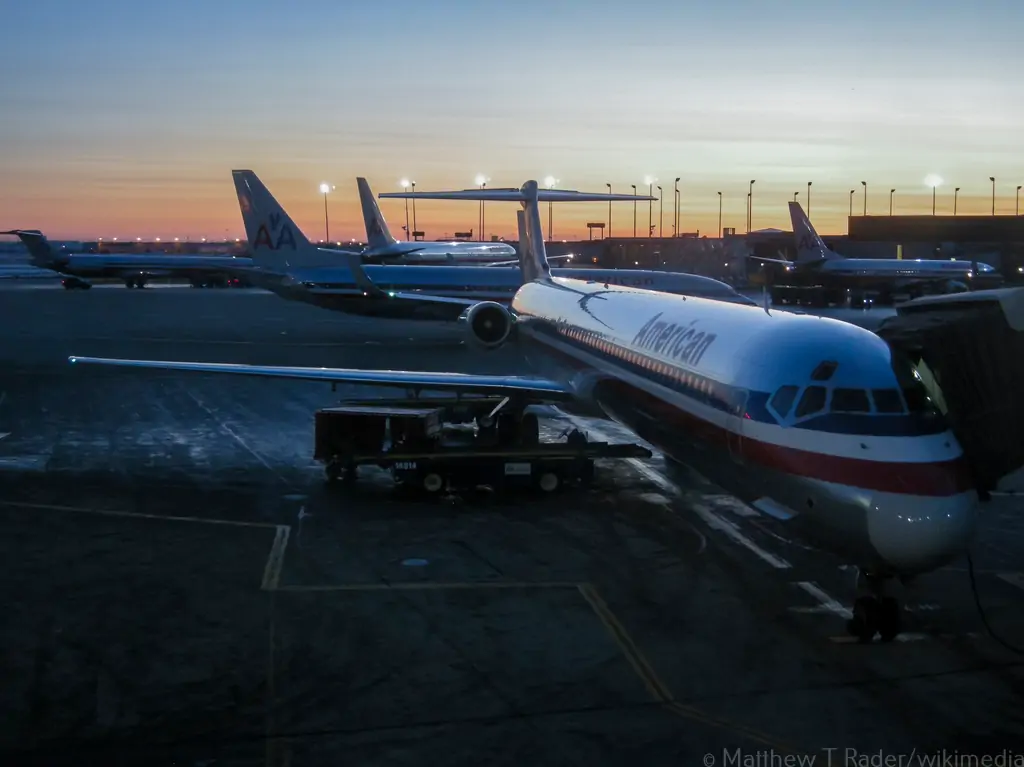
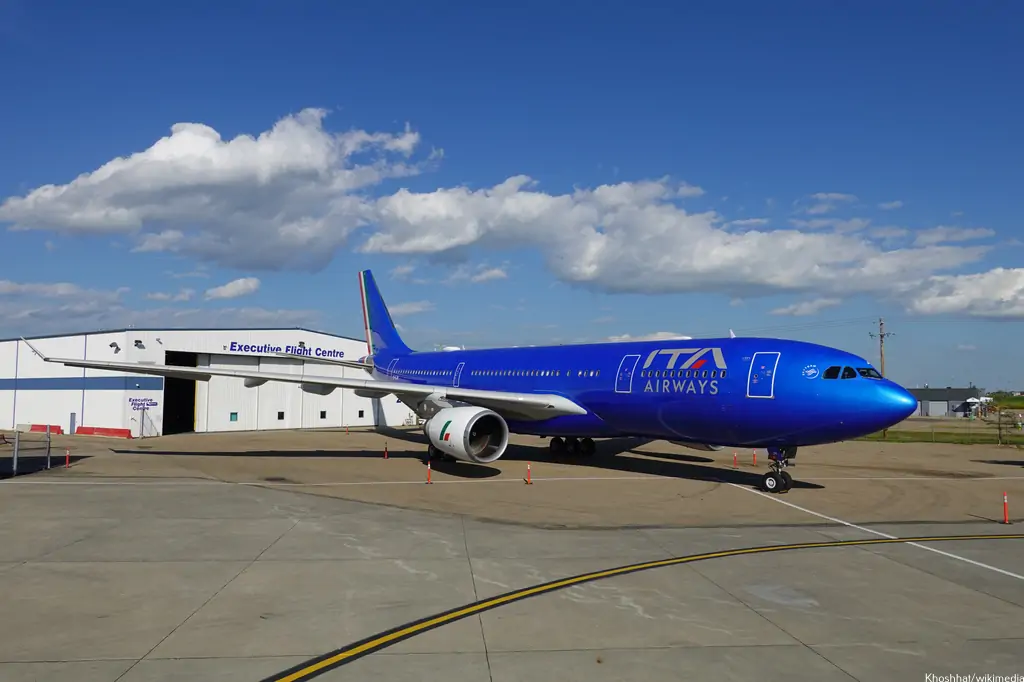
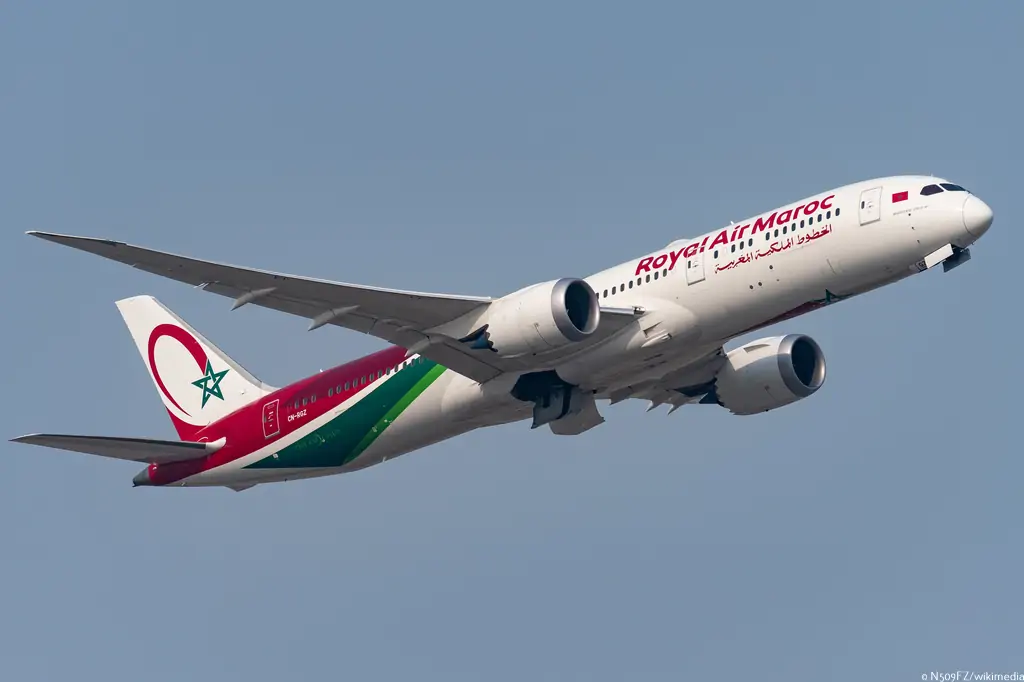
Comment